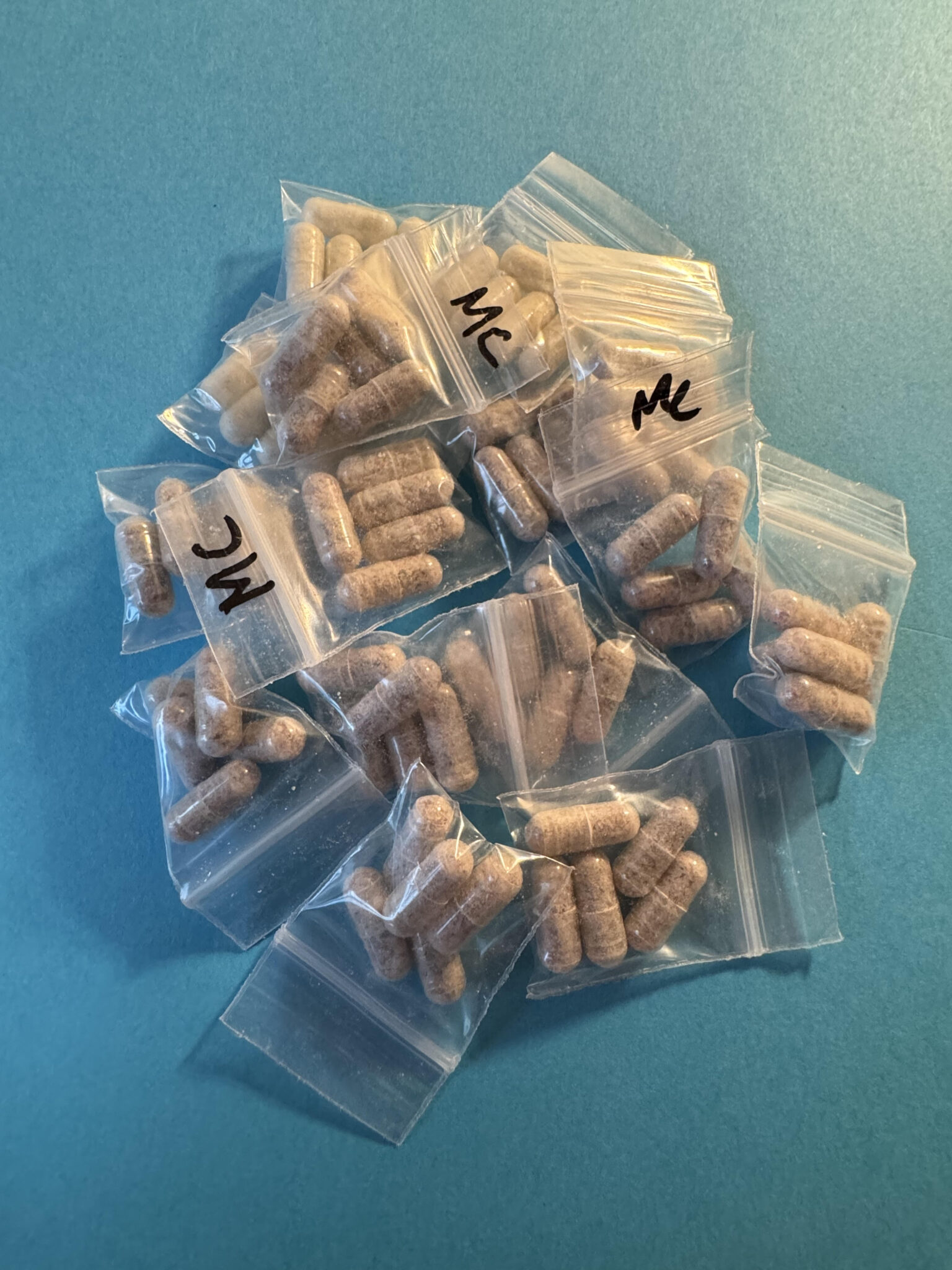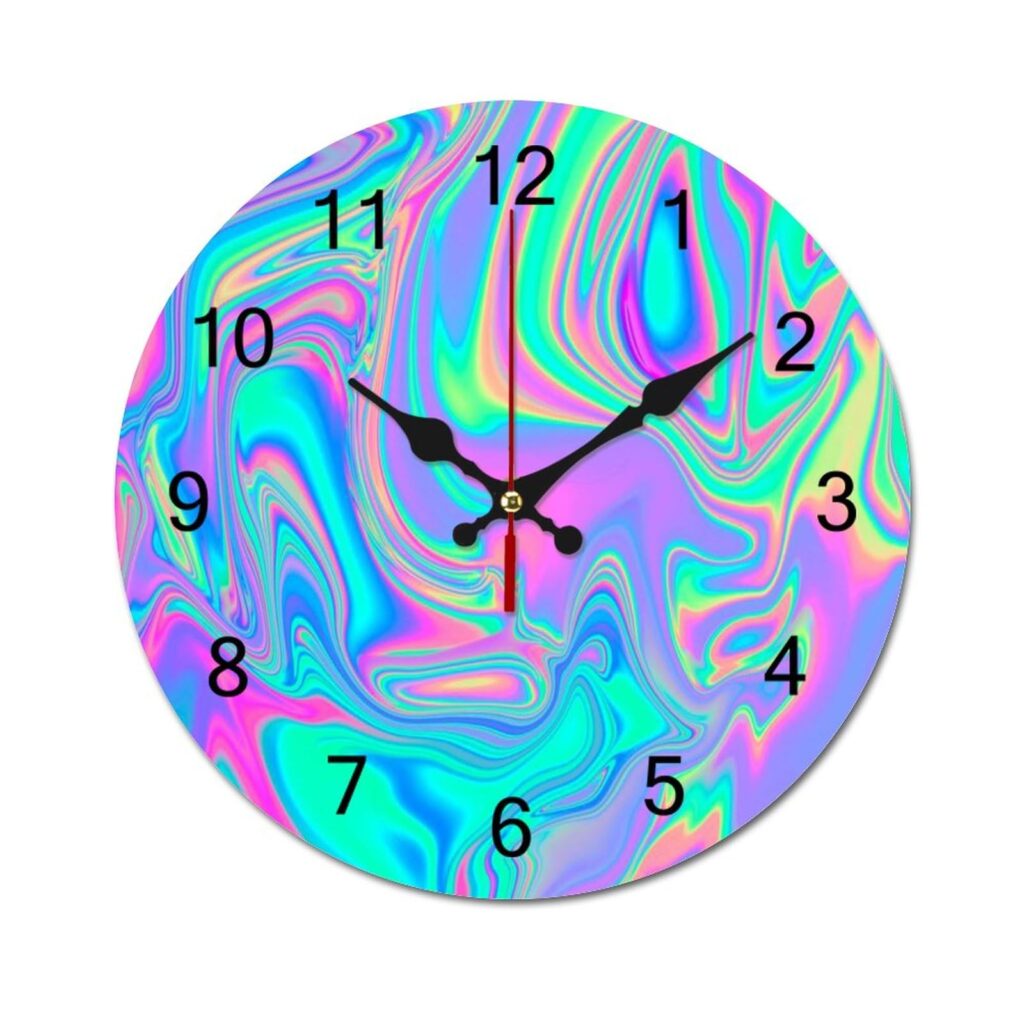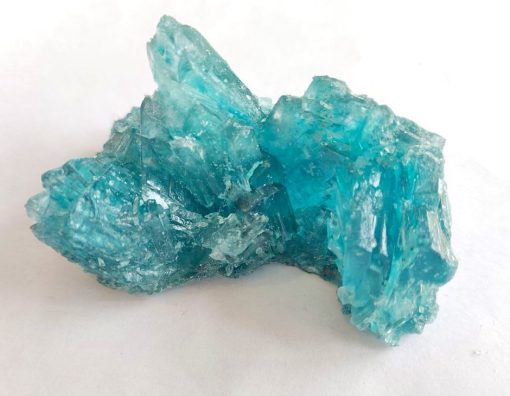
MDMA
HEMPEARTH – What exactly is MDMA? What does the name mean, where does the substance come from and what makes it so special? And more importantly, what should you look out for when taking and dosing MDMA? Perhaps you are new to the subject and have already asked yourself these questions, or perhaps you have already had your own experiences with MDMA and would like to expand your knowledge. In this article, we want to explain in detail what MDMA does, what you should bear in mind when using it.
What is MDMA and where does it come from?
MDMA actually stands for 3,4-methylenedioxy-N-methylamphetamine. This particular chemical compound was discovered at the beginning of the 20th century. It was discovered more or less by chance during the development of a hemostatic drug. However, the substance was not yet known as a psychedelic substance at the time and it was not until the early 1970s that it was increasingly used as a party substance. The first official study on the subject was published in 1978 by Alexander Shulgin and David Nichols. But what exactly does MDMA consist of? MDMA is, as the name suggests, an amphetamine derivative. It belongs to the phenetylamine group and can only be produced synthetically.
MDMA is first and foremost the chemical name for the pure active ingredient. MDMA is available either in crystal form, as a white powder, or pressed into tablets. The crystalline form of MDMA is considered to be purer.
The effect of MDMA depends on dosage & quality
MDMA has various effects. However, it is mainly considered a love substance, as it increases the release of serotonin in the brain and inhibits its reuptake, resulting in a temporary, increased serotonin level in the blood. Serotonin is one of the neurotransmitters that provide feelings of happiness in the body. Other neurotransmitters such as dopamine and noradrenaline are also released. This increase in “happiness hormones” in the blood has the effect that the body feels truly flooded with a wave of euphoria when consuming MDMA, which can last for several hours depending on the form of consumption. Other symptoms perceived as positive can be
- A feeling of alertness
- Increased stamina and performance
- More energy
- Sexual arousal
- Greater social sociability
- Feeling of connection to oneself and others
- Extroverted behavior
- Greater tolerance towards the feelings and views of others
Due to these effects, there are already a few studies investigating the use of MDMA in psychotherapy and initial results suggest that MDMA has a positive influence on the treatment of post-traumatic stress disorder. This may be due to the fact that patients can open up more easily under the influence of MDMA and also find better access to their own emotions, which are often suppressed in the case of trauma.
How Long Does MDMA Stay in Your System?

The duration of the effects of MDMA and how long it stays in your system varies depending on several factors, including the dosage, individual tolerance, and the presence of other substances in the body. On average, here’s what you can expect:
- Onset: After taking MDMA , effects can begin to be felt within 30 minutes to an hour
- Peak: The peak of the experience, where the effects are most intense, typically occurs around 2 to 3 hours after taking the drug
- Duration: In general, the effects can last for about 4 to 6 hours. However, this can vary widely between individuals
- Afterglow: After the peak effects wear off, users may continue to feel positive and sociable for several hours, but these effects gradually subside
Microdosing MDMA vs. Regular Dosing

MDMA is available in various forms, including capsules, and powders. The dosage of MDMA varies widely and can significantly impact the experience. Two common approaches to dosing are microdosing and regular dosing:
- Microdosing involves taking a fraction of a typical recreational dose. It is believed to provide subtle mood enhancement and increased sociability without the intense euphoria associated with a full dose. This practice has gained popularity in recent years, with some users claiming that it can improve their overall well-being and productivity.
- A regular dose of MDMA is usually between 75-125 milligrams. This dosage is intended to produce the full spectrum of effects, including intense euphoria, enhanced sensory perception, and increased sociability.
Onset and duration of effect of MDMA
MDMA can be consumed either orally or nasally (MDMA can also be injected, but this is rather rare). The onset and duration of effect vary depending on how it is taken. The dosage of MDMA also plays a role here, of course. If taken nasally, the first symptoms can be felt within 15-20 minutes, whereas it can take 1-2 hours if taken orally. This also depends on how much has been eaten beforehand.
It does not appear to be advisable to consume MDMA on an empty stomach. The duration of effect also differs between the different forms of consumption: While the effect wears off after a few hours when consumed nasally, a full MDMA trip can last up to six hours when taken orally. It is therefore often practiced to take a small dose nasally and another dose orally. The effect achieved: rapid onset of action with simultaneous long-term maintenance of effect.
MDMA: Calculating the dose – how to do it correctly

The question remains as to how much MDMA you can or should take. There is no single correct dose of MDMA. The dosage of MDMA that you can take as an individual depends on your body weight, your own health and, of course, the desired effects. First of all, you should make sure that you do not have any physical or psychological problems that can be exacerbated by the consumption of MDMA. In addition, different doses of MDMA naturally affect the body in different ways.
For example, a 1996 study showed that doses of MDMA between 0.25 and 1.0 mg/kg body weight hardly caused any negative side effects in the test subjects. However, another study from 2019 found that some of the side effects were more pronounced at lower MDMA doses (0-40 mg/per person) than at a normal dose. Due to the differing results and the lack of further studies, no concrete conclusions can be drawn here as to whether a lower dosage of MDMA also has fewer side effects, or where exactly the boundary between stronger and lesser side effects is at low dosages.
Calculating the correct MDMA dosage based on your own weight
You can calculate the correct MDMA dosage based on your own body weight by calculating 1.5 mg per kilogram of body weight. With a body weight of 70 kg, this would be 105 mg of MDMA. Depending on your own body condition and the purpose of taking the drug, you can adjust this value accordingly; it serves as a correct preliminary estimate. Some sources also recommend a slightly lower value of 1.3 mg/kg body weight for women. Ultimately, of course, it is up to the user to make their own assessment and choose an appropriate dosage of MDMA.
However, once you have determined the right dosage of MDMA for you, there are still the following factors to consider: The quantity is usually between 50 and 150 mg.
Our conclusion on MDMA & dosage
It is clear why MDMA is one of the favorite psychedelics of our time. The effect is unique and makes it obvious why the substance is of interest to both recreational and therapeutic users. MDMA has gained popularity, and many people are curious about its effects, usage, and safety. One of the critical aspects of using this substance responsibly is understanding how long a dosage of MDMA lasts .







